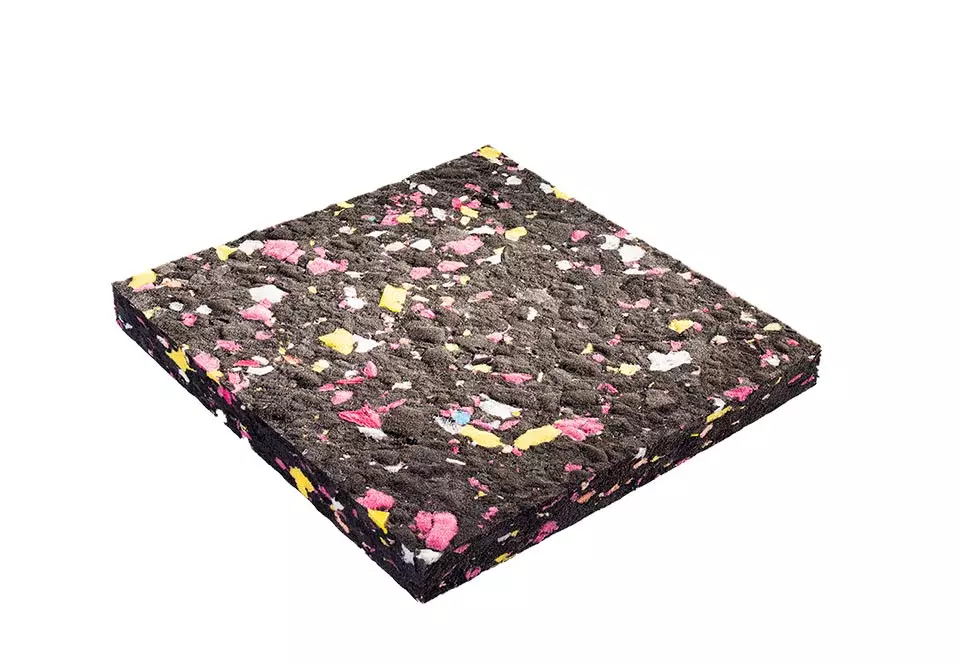EPDM Foam Plane Sheet
EPDM foam plane sheets are made from ethylene propylene diene monomer (EPDM) rubber, which is a synthetic rubber material that exhibits excellent resistance to heat, weathering, and aging. EPDM foam plane sheets are known for their versatility, durability, and ability to withstand harsh environmental conditions. These foam sheets come in various sizes, thicknesses, and densities to cater to different industrial and commercial applications.
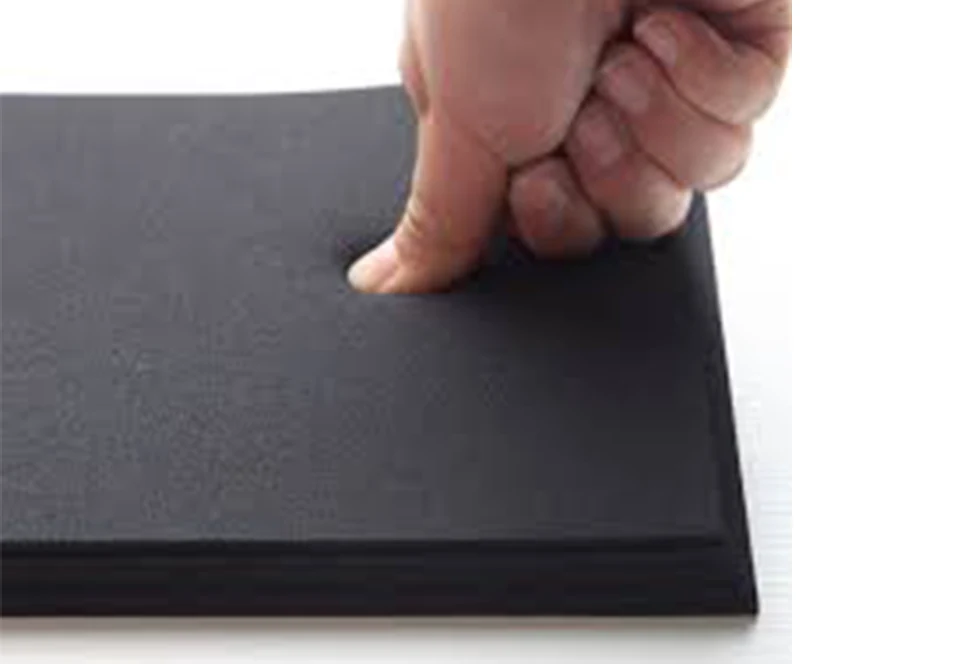
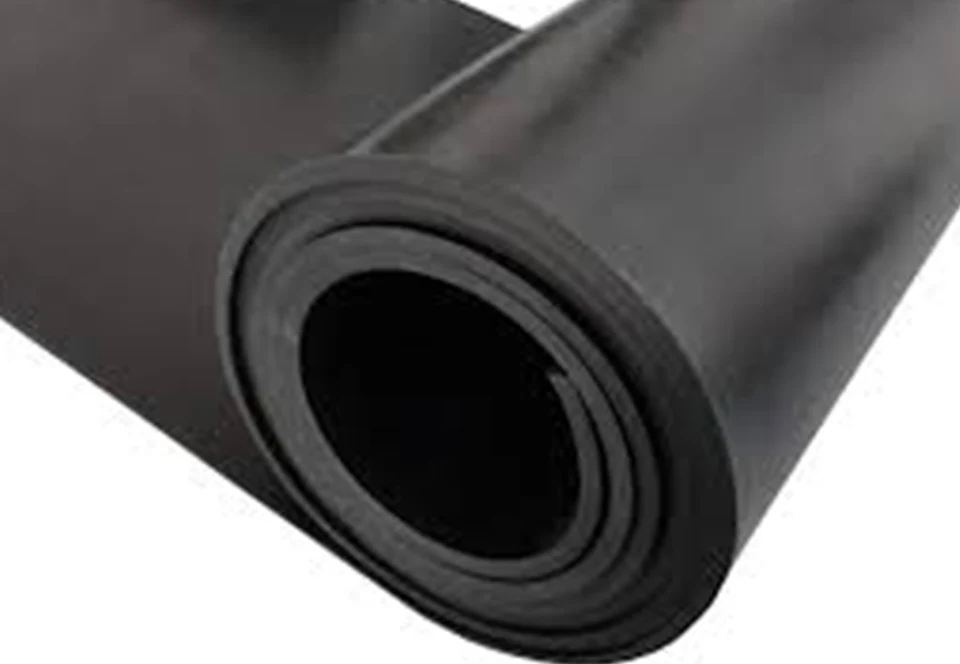
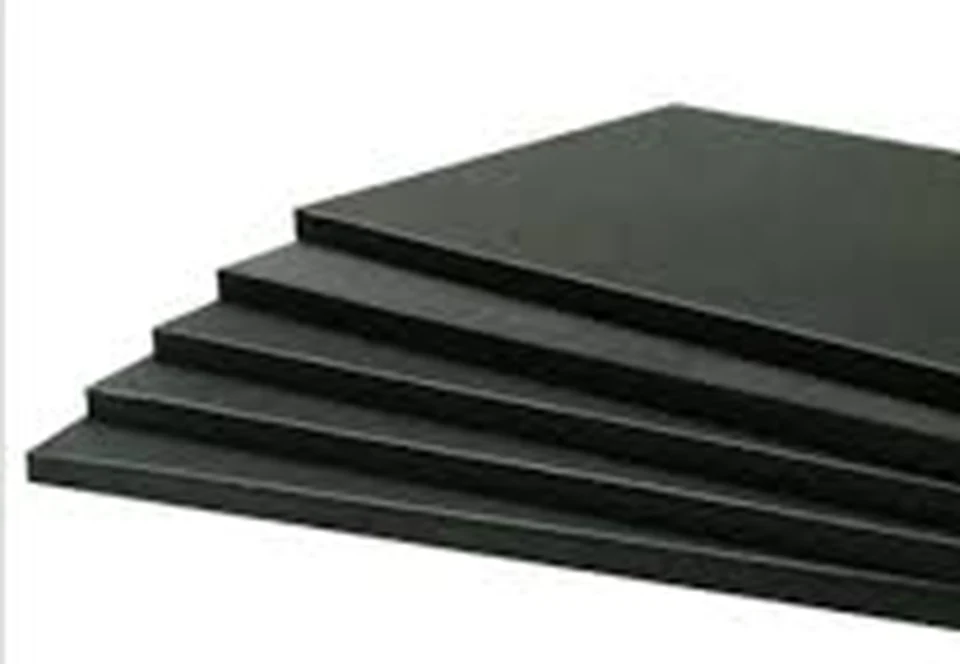
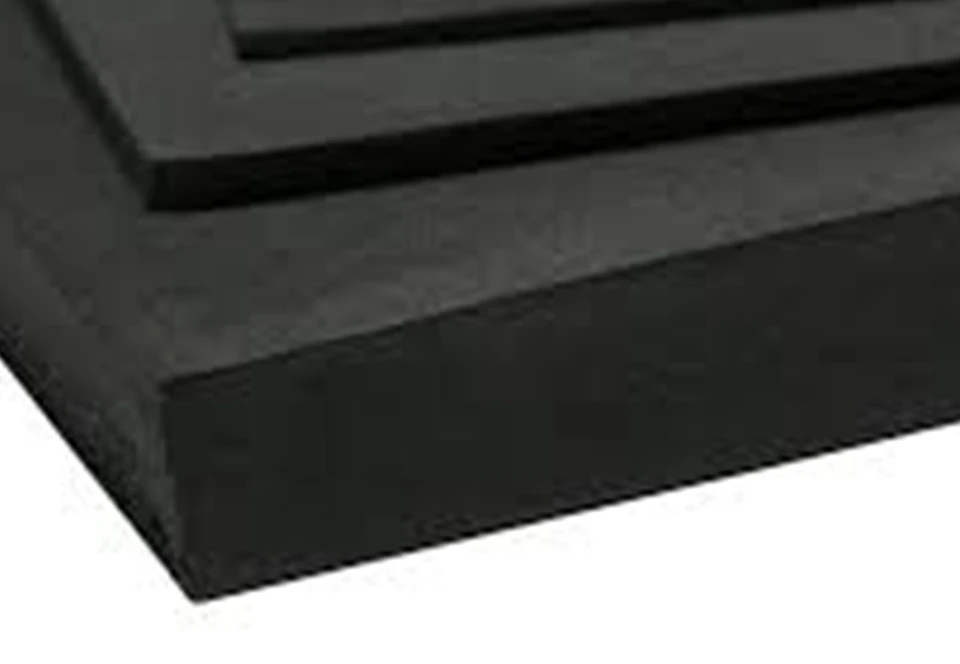
| Product Specification | ||
|---|---|---|
| Product Code | --- | |
| Density Available | 120, 160 Density | |
| Shape | Customized | |
| Application | Packaing | |
| Patern | Plain | |
| Sample Available | 1 No's | |
| Certification | -- | |
| Main Demestic Market | All India | |
| Colour | Black | |
| Grades | FR & Non FR | |
| Third Party Confirmation | -- | |
Product Description
EPDM foam plane sheets are also known for their low compression set, which means they can maintain their shape and properties even after prolonged compression. This feature makes them suitable for use in applications that require consistent and reliable performance, such as in aerospace and medical equipment. Additionally, EPDM foam plane sheets have excellent chemical resistance, making them ideal for use in the chemical processing industry.
The foam's closed-cell structure gives it excellent insulation properties, making it an ideal material for use in HVAC systems, refrigeration units, and soundproofing applications. The material's light weight and ease of fabrication make it suitable for use in a range of industries, such as packaging, sports equipment, and consumer products.
EPDM Foam Plane Sheet Characteristics
EPDM (Ethylene Propylene Diene Monomer) foam plane sheets are a type of closed-cell foam with excellent weather resistance, thermal insulation, and shock absorption properties. The material is created by cross-linking EPDM rubber, which gives it its high strength and durability. EPDM foam plane sheets have a smooth surface and are available in various thicknesses and densities to suit specific application needs.
One of the most notable characteristics of EPDM foam plane sheets is their exceptional resistance to environmental factors such as ozone, sunlight, and moisture. This makes them ideal for outdoor applications where exposure to the elements is inevitable. Additionally, EPDM foam plane sheets have a wide temperature range of -40°C to 120°C, making them suitable for use in extreme weather conditions.
EPDM foam plane sheets also offer excellent thermal insulation properties, which make them useful for various applications in the construction industry. The foam's closed-cell structure and low thermal conductivity make it an effective insulator against heat transfer, helping to improve energy efficiency and reduce heating and cooling costs.
Another important characteristic of EPDM foam plane sheets is their high resistance to compression set. This means that the material can maintain its shape and performance even when subjected to pressure over an extended period. This property makes EPDM foam plane sheets an excellent choice for gasketing, sealing, and cushioning applications.
EPDM foam plane sheets also have good resistance to chemicals, acids, and alkalis. This feature makes them suitable for use in industrial applications where exposure to harsh chemicals is common.
EPDM foam plane sheets are easy to fabricate and can be cut, molded, and shaped into various forms and sizes. The material is lightweight and flexible, making it easy to handle and install. EPDM foam plane sheets can also be bonded with various adhesives to enhance their strength and durability.
Overall, EPDM foam plane sheets are an excellent choice for a wide range of applications, including automotive, construction, HVAC, and industrial applications, among others. The material's outstanding resistance to weather, thermal insulation properties, and resistance to compression set make it a reliable and cost-effective solution for many industries.
EPDM Foam Plane Sheet Applications
EPDM foam plane sheets, also known as closed-cell rubber sheets, are a type of synthetic elastomer material. These foam sheets are composed of ethylene propylene diene monomer (EPDM), a synthetic rubber material that is resistant to heat, weathering, and chemicals. The foam is created by mixing the EPDM material with a blowing agent, which creates bubbles within the material and gives it its characteristic lightweight and flexible properties.
One of the key characteristics of EPDM foam plane sheets is their excellent resistance to weathering and ozone, making them ideal for outdoor applications. The material is also resistant to many chemicals and oils, making it suitable for use in the automotive and industrial sectors. EPDM foam plane sheets are known for their excellent insulation properties, both thermal and acoustic, and can be used in a wide variety of applications where insulation is required.
EPDM foam plane sheets come in a range of thicknesses, densities, and colors, and can be easily cut or fabricated to fit specific requirements. They are lightweight and flexible, making them easy to install and transport. Additionally, the foam is non-toxic and does not release harmful chemicals, making it safe for use in a range of applications.
EPDM foam plane sheets are commonly used in the construction industry for insulation in walls, roofs, and floors. They can also be used as seals or gaskets in doors and windows to provide a barrier against drafts and sound. The material's resistance to weathering and ozone makes it suitable for use in outdoor applications such as roofing and cladding, where it provides a durable and long-lasting solution.
In the automotive industry, EPDM foam plane sheets are used for gaskets and seals, as well as in soundproofing and insulation applications. The material's resistance to oils and chemicals makes it ideal for use in engine compartments, where it can withstand exposure to harsh chemicals and high temperatures.
EPDM foam plane sheets are also used in a range of industrial applications, including as cushioning and shock-absorbing materials in packaging and transportation, as well as in electronics for vibration and shock isolation. The foam is also used in sports equipment, such as padding for helmets and protective gear.
Overall, the characteristics of EPDM foam plane sheets make them an ideal material for a wide range of applications, where their excellent insulation, durability, and resistance to weathering and chemicals are required.
FAQ's
An EPDM plain sheet is a sheet of EPDM (Ethylene Propylene Diene Monomer) rubber material that is unaltered or untreated. It is characterized by its plain or smooth surface and is used in various applications for its weather-resistant and sealing properties.
EPDM plain sheets are known for their excellent weather resistance, UV resistance, flexibility, and resistance to ozone and extreme temperatures. These properties make them ideal for outdoor applications and sealing purposes.
EPDM plain sheets are commonly used in roofing systems, weatherstripping for doors and windows, gaskets, and in the automotive industry for seals and grommets. They are also used in construction and various industrial applications.
EPDM plain sheets excel in outdoor and environmental exposure due to their resistance to sunlight, ozone, and various weather conditions. They do not degrade or become brittle over time, making them suitable for long-term outdoor use.
Yes, EPDM plain sheets can be customized in terms of thickness, width, and length to suit specific application requirements. Manufacturers offer flexibility in tailoring these sheets to meet various sealing and insulating needs.


